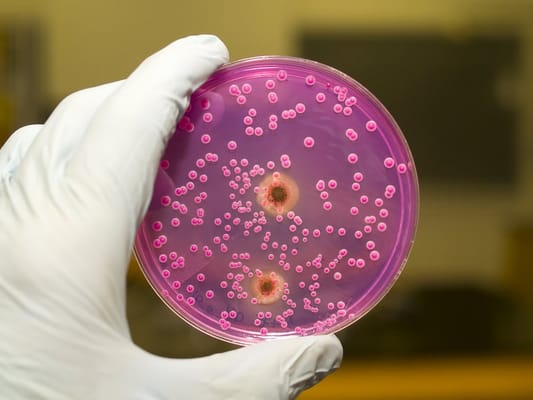Mold and Professional Liability Insurance
Jeff Slivka | January 1, 2015

Here's a question that was asked repeatedly in the early 2000s and is once again generating concern among contractors and design professionals: Does the typical professional liability policy cover mold and microbial issues?
First, understand that all construction-related professional liability policies vary. Second, all must be read carefully. Don't ever allow yourself to be surprised by lapses failing to cover costly problems related to mold or other bacterial matter like Legionella. Third, expanded policies that include this form of insurance are simpler to purchase than you think.
Mold Coverage
Professional liability policies provide coverage for damages that result from the rendering of acts, errors, and/or omissions in professional services or should have been rendered by or on behalf of the named insured (the design or construction professional). However, the best explanation needs to begin with the proper definition of damages.
Unlike a commercial general liability (CGL) policy, which provides insurance for mainly bodily injury and property damage, the professional liability policy pays for third-party damages, generally speaking, and goes beyond bodily injury or property damage to include any third-party damages that are not excluded. Using a typical or generic definition, damages means "the monetary amounts for which the Insured is held legally liable, including judgments, awards, or settlements, and related claims expense." Nowhere in that definition does it refer to any specific damages like under the CGL policy.
Therefore, if mold, microbial matter, or any other pollutant results from an error in professional services, the resulting liability should be covered under the typical professional liability policy, provided it is not specifically excluded. Some policies clearly state an exclusion outright in the exclusion section of the policy. Others are attached via endorsement or include exclusions via definition. Nonetheless, all policies should be carefully reviewed to ensure none exist.
Now, let's consider one last piece to the puzzle. In this context, the definition of professional services needs to be broad enough to cover the activities performed by the design or construction professional as well as the services performed on behalf of the named insured. If not, we just wasted the last few minutes discussing the definition of damages. Because if the services are not covered, neither are the resulting damages. Although basic, this is a consideration that is often overlooked and many times impacts coverage.
Conclusion
So, the short answer to the question is yes. The typical construction-related professional liability policy does provide coverage for claims for third-party damages involving mold, microbial matter, or any other pollutant as long as the damage arises out of negligent acts, errors, and omissions in professional services performed by or on behalf of the insured. But again, this is only true if the policy does not include any additional exclusionary language and the negligence is proven or at least alleged. But this is an issue for any claim situation.
Opinions expressed in Expert Commentary articles are those of the author and are not necessarily held by the author's employer or IRMI. Expert Commentary articles and other IRMI Online content do not purport to provide legal, accounting, or other professional advice or opinion. If such advice is needed, consult with your attorney, accountant, or other qualified adviser.

